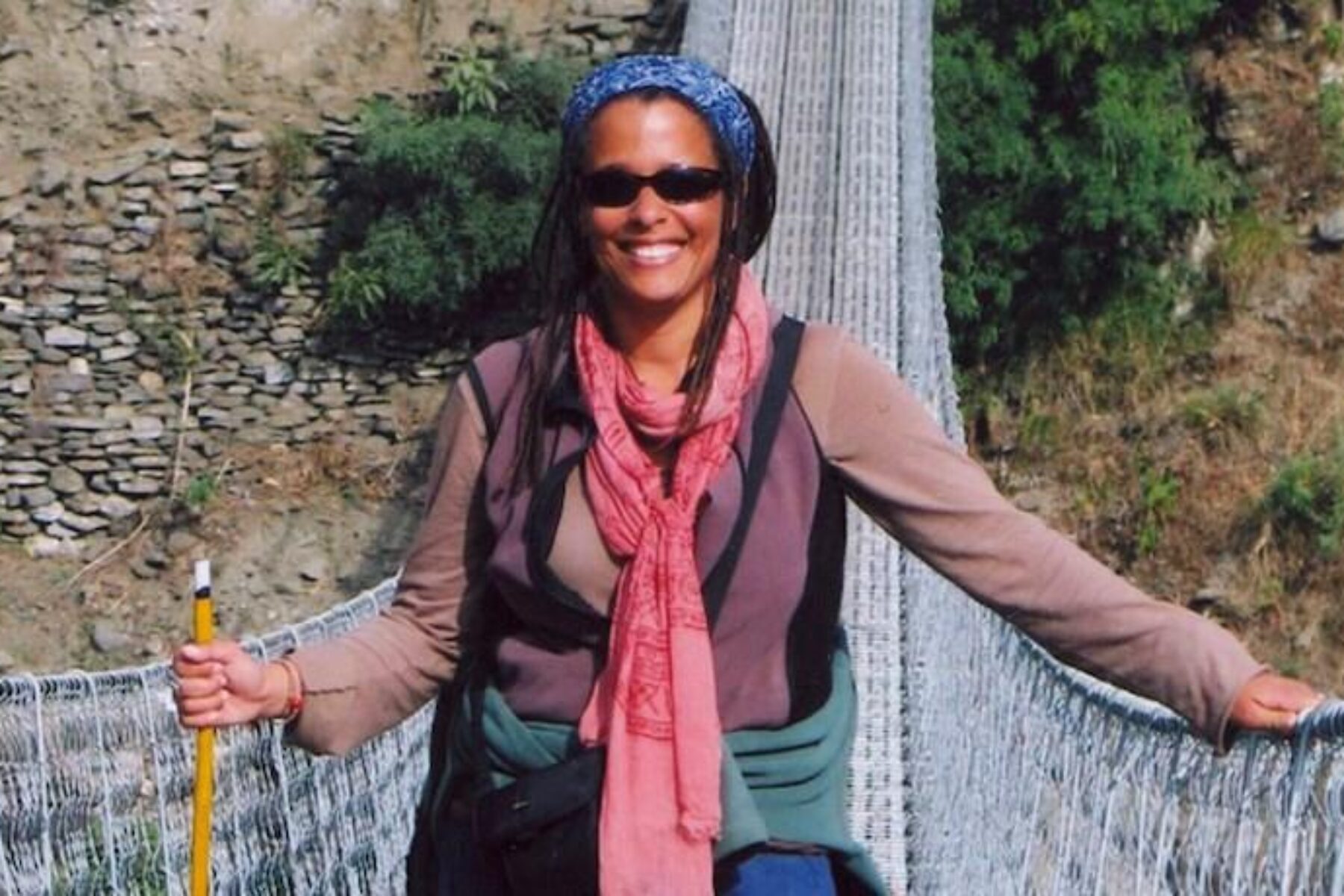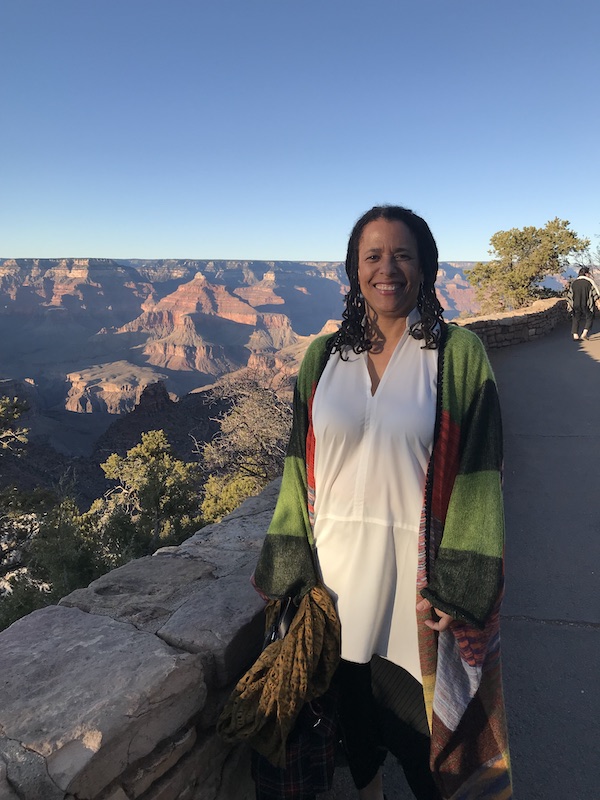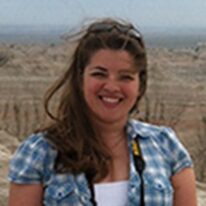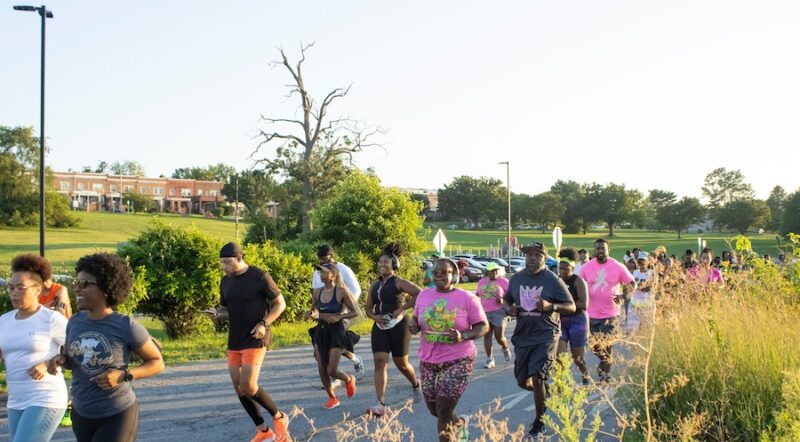Carolyn Finney: Educating for a Broader Approach to Access and Diversity in the Outdoors

“One of the surest ways to get people to buy in is if they’re involved in creating and articulating what the group’s values and visions are.”
—Dr. Carolyn Finney
As an impassioned storyteller, author, cultural geographer and educator, Carolyn Finney, Ph.D., speaks to dozens of audiences each year on the intersection of environment and diversity. Her message? When people of different backgrounds come together with respect in the interest of nature, incredible possibilities can come about. Recently, she talked with Rails to Trails magazine about engaging diverse communities with local public lands, recognizing the value of difference in how people interact with their environments, and embracing opportunities for learning and growth.

Tell me about your advocacy for the concept of “relationships of reciprocity” versus “outreach.”
For some, diversity is about assimilation. You can invite a diverse person to the table, but then that person has to learn everything about the table, and we don’t have to learn about them. When we have a relationship of reciprocity, you have to be ready to throw out the table. One of the surest ways to get people to buy in [to an objective] is if they’re involved in creating and articulating what the [group’s] values and visions are. That shows that every voice has value, and you show you value the difference they bring as well as they value the difference you bring.
Where are there gaps within the professional outdoor and environmental communities?
There are lots of groups of color who have been doing this work; they have the knowledge base, they have the relationships, they understand the place where they live, the piece of land. What they need is a relationship that provides the things that they may not have. Like money, political access—all that external [stuff] that makes it possible to do the work of change. Instead of them getting the resources and partnerships, [other] organizations are getting the resources to do what [the groups of color have] already been doing, and maybe even doing it better. There’s a way those organizations can come together.
What can individual Americans do to generate positive change regarding equitable access to, and inclusion on, public trails?
People have to do their own internal assessment about who they are, their own biases, what they think, and pay attention when they’re out and about to what privileges they have, what they see and they don’t see [with] what’s going on in their community or neighborhood. How are they involved? How do they show their support?
A recent study by the Outdoor Foundation found that nearly half of all Americans don’t participate in outdoor recreation at all. What do you think the concept of “outside” means today, and what could it look like?
We don’t need everybody out there hiking to show that they love the outdoors. It’s not about getting everybody to show up in a very particular way that the mainstream recognizes as being engaged. We could expand who we see as being involved and how we might engage them when we have a local project we’re doing like rails to trails. How they are engaged may be completely different from what you’re doing, which doesn’t mean you can’t join forces. People will go a long way for you if they know you can see them and who they are.
Learn more about Dr. Carolyn Finney’s work.
This article was originally published in the Spring/Summer 2020 of Rails to Trails magazine. It has been reposted here in an edited format.

Donate
Everyone deserves access to safe ways to walk, bike, and be active outdoors.



